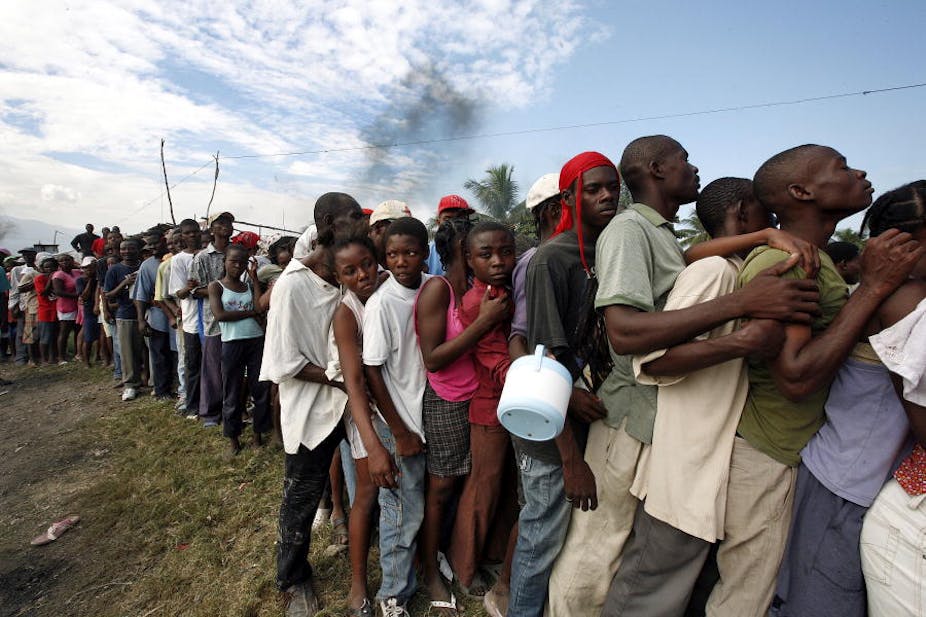Global climate change and the El Niño weather event may have played a role in 21% of all civil conflicts since 1950, according to a new study published in the journal Nature.
El Niño refers to the periodic warming of the tropical Pacific Ocean, leading to weather shifts that can disrupt food production through extreme rain or drought.
One-off extreme weather events have been linked to civil conflict in the past but in a new paper, US researchers used global data from 1950 to 2004 to examine the probability of new civil conflicts arising throughout the tropics during the El Niño/Southern Oscillation (ENSO).
“We find that for years in which there is a strong El Niño event, the likelihood of civil war onset in the tropics is 6%,” said co-author of the study, Kyle Meng, a PhD student from Lamont-Doherty Earth Observatory at Columbia University.
“Compared to the opposite phase of the cycle, known as La Niña events, this is a doubling of the conflict risk. From 1950-2004, we find that El Niño has played a role in 21% of all civil wars globally.”
El Niño was not the sole cause of problems but increased the probability that conflict would occur in poor countries, said Mr Meng.
“We believe that the direct causes of conflict are a complex mix of social, political, and economic factors. However, what we are observing is that, given those factors, the likelihood of conflicts breaking out increases when there is an El Niño event.”
More accurate weather and climate change predictions may help countries likely to be affected by El Niño prepare before conflict breaks out, he said.
“We think much can be done by international institutions such as the UN on this matter. One action might be to prepare food aid supplies to be delivered to teleconnected countries in the lead up to strong El Niño years,” he said.
“Another would be to warn humanitarian relief organisations in the inevitable humanitarian crisis that might follow.”

